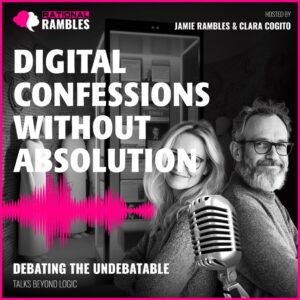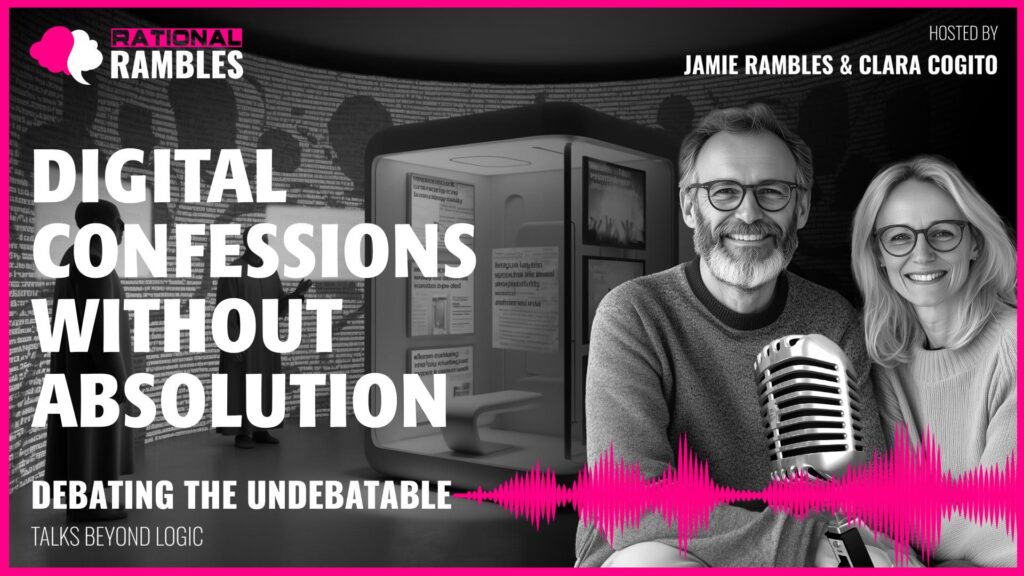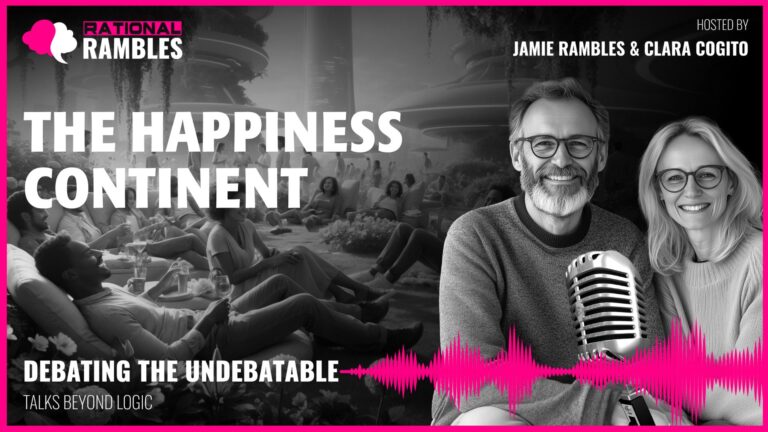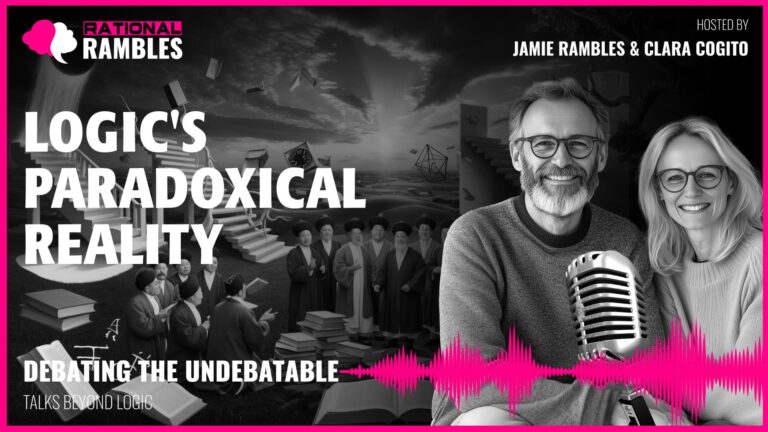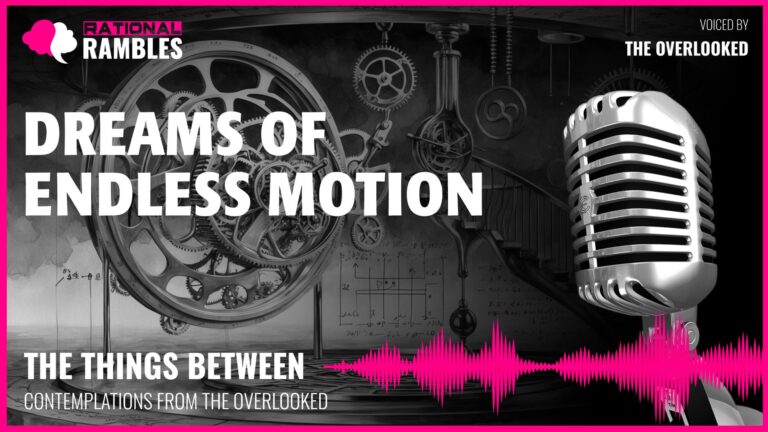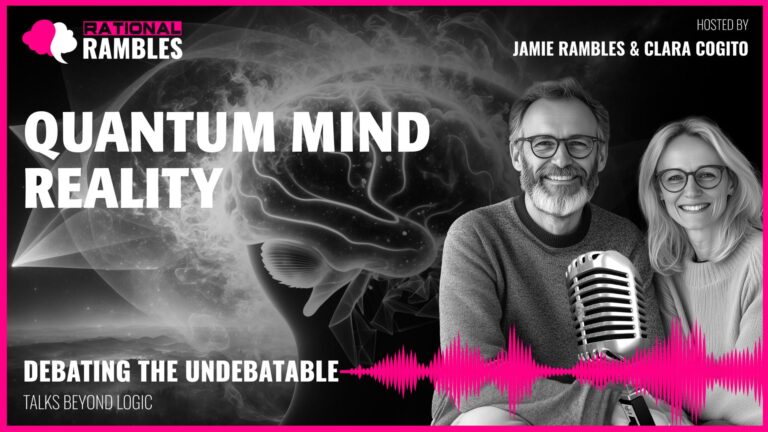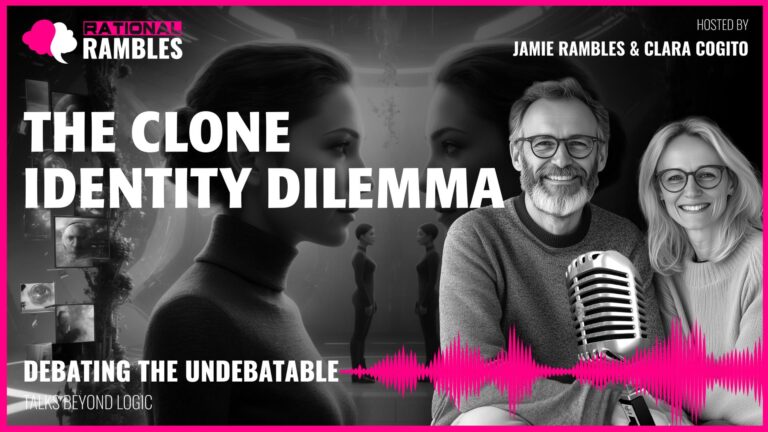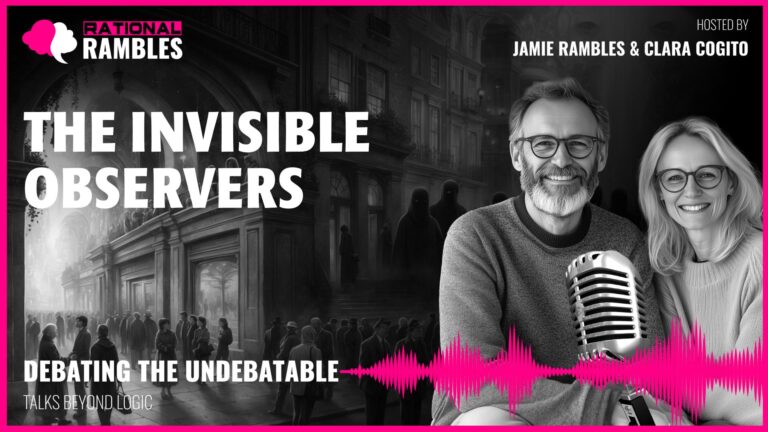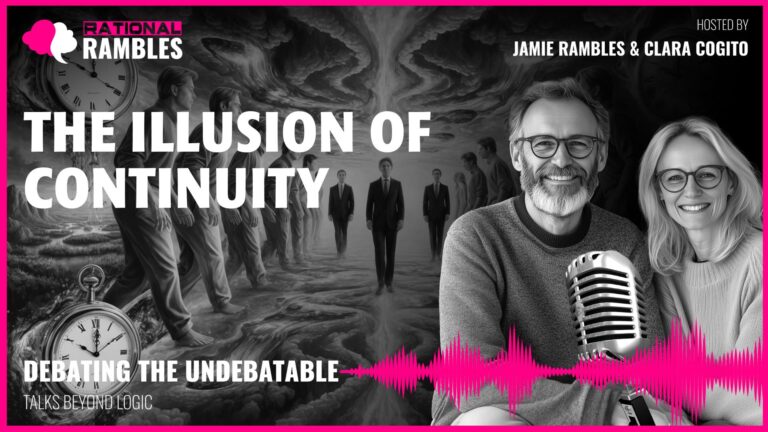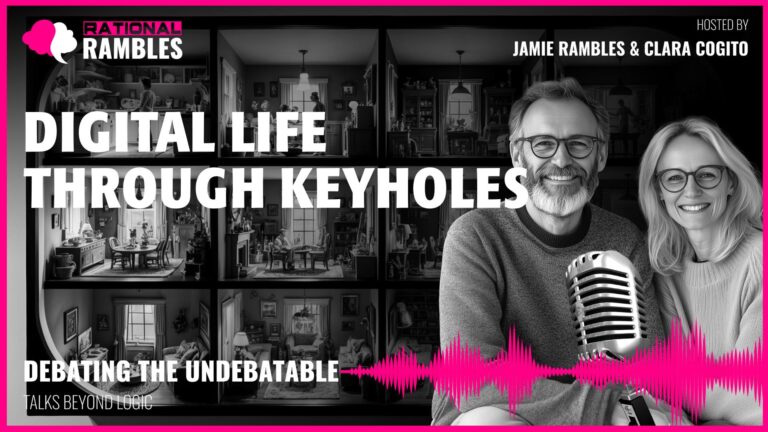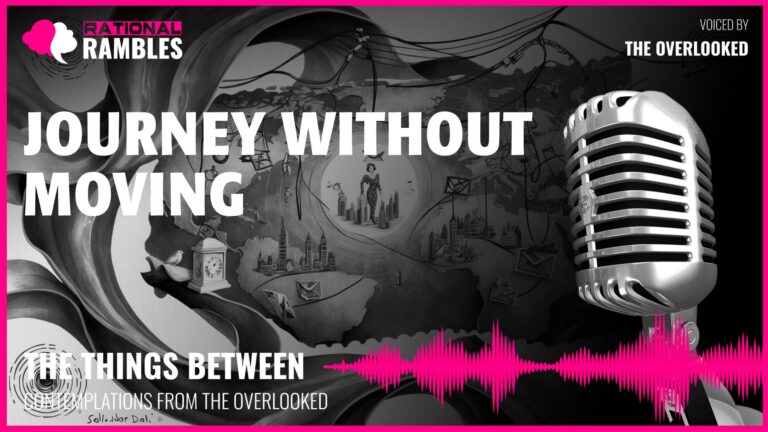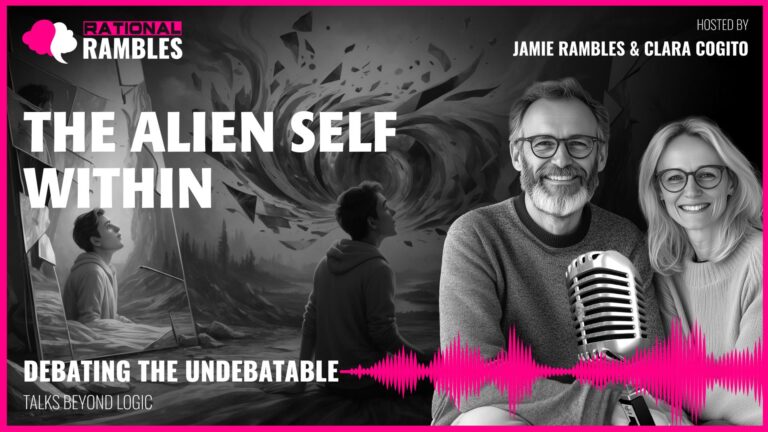Digital Confessions Without Absolution: The Ethical Dilemmas of Online Moral Judgment
Introduction: The New Moral Landscape
In the vast expanse of our digital worlds, a peculiar phenomenon has emerged—one that transforms how we engage with ethics, judgment, and moral reasoning. Social media platforms and online forums have become spaces where strangers readily pronounce judgment on others’ actions, creating what might be described as digital confessional booths without priests. Or perhaps more accurately, spaces where everyone has assumed the role of priest, yet without the traditional structures of understanding, absolution, and reintegration that religious confession once provided.
This transformation raises profound questions about the nature of moral judgment in contemporary society. When everyone becomes a moral arbiter online, offering unsolicited assessments of actions divorced from their context, what happens to our collective ethical reasoning? How do these new practices shape our moral development, both individually and culturally? And what is lost when judgment occurs without the frameworks that traditionally gave it meaning and purpose?
This article explores the philosophical and psychological dimensions of this digital moral phenomenon—examining how unsolicited advice, self-appointed moral authorities, and context-free judgments reflect deeper tensions in how we understand ethics in the digital age. By drawing on philosophical traditions, psychological research, and social theory, we can better understand not just what is problematic about these practices, but what they reveal about our evolving moral landscape and what might constitute more constructive alternatives.
The Digital Confessional: Transformation of Moral Space
The confessional booth has served for centuries as a powerful metaphor and practice for moral reflection and accountability. Traditionally, confession operated within well-understood frameworks—private, structured spaces where moral transgressions could be acknowledged, understood in context, and addressed through processes of absolution and penance. The priest served not merely as judge but as a guide through a process aimed at moral growth and reintegration into the community.
From Private to Public Judgment
Today’s digital spaces have radically transformed this model. What was once private has become public. What was contained within structured frameworks now unfolds in unstructured, boundless ways. What was guided by recognized moral authority now operates through what psychologists term “moral grandstanding”—the use of moral talk to impress others or boost one’s social status.
This transformation creates a fundamental tension. On one hand, digital spaces democratize moral discourse, allowing marginalized voices to challenge dominant moral narratives. On the other hand, these spaces often lack the structures that made traditional moral judgment constructive rather than merely punitive. As philosopher Bernard Williams might observe, we’ve retained the practice of judgment while losing sight of its purpose—moral growth and social cohesion.
The Judgment Economy
What has emerged in place of traditional moral frameworks is what could be called a “judgment economy”—a system where quick moral assessments become a form of social currency. In this economy, offering judgments on others’ behavior provides immediate psychological rewards: a sense of righteousness, belonging through shared outrage, and the dopaminergic reward that research suggests accompanies what’s often called “virtue signaling.”
This economy operates through what philosopher Michel Foucault might recognize as a diffuse form of disciplinary power. No central authority enforces conformity, yet everyone constantly monitors and corrects everyone else—a digital panopticon where the fear of judgment shapes behavior even without explicit coercion. The result is a paradoxical space that feels simultaneously like radical freedom and oppressive constraint.
The Problem of Decontextualization
Perhaps the most significant philosophical problem with digital moral judgment is its systematic decontextualization of human action. The philosophical tradition has long recognized the importance of particularity in ethical judgment. Aristotle’s concept of phronesis or practical wisdom emphasized that moral reasoning isn’t about mechanically applying universal rules but understanding specific circumstances. Similarly, Immanuel Kant, despite emphasizing universal moral laws, recognized that applying those laws to particular cases required judgment, which is not algorithmic.
Fragments Without Context
Online environments routinely present decontextualized fragments of someone’s actions or statements for moral assessment. A tweet, post, or video clip—divorced from the circumstances of its creation, the character and history of its creator, and often even its intended meaning—becomes subject to absolute moral judgment. This practice runs counter to virtually every sophisticated moral tradition, which recognize that ethical assessment requires understanding actions in their full context.
This decontextualization is exacerbated by what social psychologists call the fundamental attribution error—our tendency to attribute others’ actions to their character while attributing our own actions to circumstances. Online, this cognitive bias receives technological amplification. We see someone’s post—divorced from all context—and immediately make character judgments, when we’d want others to consider the complex circumstances surrounding our own statements.
The Collapse of Validity Spheres
The philosopher Jürgen Habermas identified different “validity spheres” in social life—domains with distinct normative standards. Professional ethics differ from friendship ethics, which differ from romantic ethics, and so on. Social media platforms routinely collapse these distinctions, creating what media theorists call “context collapse”—a situation where a single action is simultaneously judged by incompatible normative standards.
This places individuals in an impossible position—judged simultaneously as professionals, friends, citizens, and moral agents by audiences using different and often contradictory standards. What philosopher Bernard Williams called “thick concepts”—morally laden concepts embedded in particular forms of life and understanding—are replaced by “thin” concepts applied universally without regard for context. The result is moral reasoning that lacks the nuance and specificity required for genuine ethical assessment.
The Psychology of Digital Judgment
Understanding the psychological dimensions of digital moral judgment helps explain both its appeal and its limitations. Research from cognitive and social psychology reveals how digital environments shape moral reasoning in ways that often undermine rather than enhance ethical understanding.
Fast Thinking in Slow Moral Spaces
Psychologist Daniel Kahneman distinguishes between “System 1” thinking—fast, intuitive, and emotional—and “System 2” thinking—slower, more deliberative, and analytical. Digital environments systematically privilege System 1 thinking in domains where System 2 thinking is essential. The speed and structure of social media platforms activate intuitive, emotional responses rather than thoughtful deliberation—creating what might be called a category error in how we approach moral questions.
This privileging of fast thinking aligns with research on moral emotions, which suggests that moral judgments often begin as emotional reactions seeking post-hoc justification. Digital platforms make this process transparent—allowing us to observe in real-time as people develop increasingly elaborate justifications for snap judgments that likely originated from emotional or social influences rather than careful ethical reasoning.
Psychological Rewards and Moral Positioning
The psychology of online moral judgment reveals important motivational factors. Studies on social media behavior demonstrate that expressing moral outrage provides immediate psychological rewards—including enhanced status within one’s social group, a sense of meaning and purpose, and the pleasurable sense of moral righteousness. These rewards create powerful incentives that shape moral discourse online.
Sociologist Erving Goffman’s work on impression management helps explain why digital moral judgments often function more as identity displays than genuine ethical engagements. When someone posts an outraged comment about another’s behavior, they’re not just responding to a transgression but demonstrating their moral sensibilities to their audience. This performative aspect creates perverse incentives that reward the most visible and extreme judgments rather than the most thoughtful ones.
Conformity and Group Polarization
Solomon Asch’s classic conformity experiments demonstrated how social pressure can lead people to endorse judgments they privately doubt. Digital environments amplify this conformity pressure while simultaneously fragmenting moral consensus. The result is what psychologists call “pluralistic ignorance”—where people publicly endorse positions they privately question, creating the illusion of moral consensus where none actually exists.
This dynamic interacts with group polarization effects, where discourse within homogeneous groups tends toward more extreme positions without necessarily becoming more nuanced. Social media algorithms that prioritize engagement often create what some researchers call “moral siloing”—the formation of isolated moral communities that interact primarily with those who share their basic moral assumptions.
Shame Without Restoration
One of the most problematic aspects of digital moral judgment is its punitive character—focusing on identifying transgression without providing pathways to redemption. Traditional confession included not just acknowledgment of wrongdoing but absolution and a path forward. By contrast, many online judgment systems lack this restorative component entirely.
The Shame-Guilt Distinction
Psychological research distinguishes between shame and guilt as distinct moral emotions with different behavioral consequences. Guilt focuses on actions (“I did something bad”) and tends to motivate reparative behavior. Shame focuses on the self (“I am bad”) and more often leads to withdrawal or defensive aggression. Online judgment frequently collapses this distinction, moving immediately from single actions to wholesale condemnation of identity.
Philosophers like Martha Nussbaum and Bernard Williams have analyzed shame as a moral emotion that, when not properly contained, can undermine rather than enhance moral development. Their analyses align with psychological research suggesting that shame without restoration often leads to withdrawal or rebellion rather than positive change. Digital environments that employ shame without providing paths to redemption may therefore achieve the opposite of what genuine moral reasoning requires.
Attacking Identity Rather Than Behavior
Research on effective behavior change indicates that people are most likely to modify their actions when they believe change is both necessary and possible. When judgment attacks identity rather than behavior, it creates what psychologists call a “threat to self” that typically triggers defensive responses rather than reflection.
This dynamic helps explain why online moral condemnation often fails to produce its ostensible goal of improving behavior. When judgment feels existential rather than specific, targets of criticism experience it not as constructive feedback but as an attack requiring defense. The resulting defensive hardening of positions contradicts the ostensible purpose of moral correction.
The Question of Moral Authority
Digital moral judgment raises profound questions about the grounds of moral authority in contemporary society. In traditional moral frameworks—whether religious or philosophical—authority was grounded in something: divine revelation, rational principles, shared tradition. But in digital spaces, the grounding of moral authority often appears circular.
Circular Authority and Judgment Cascades
In online environments, positions often become authoritative because many people hold them, and many people hold them because they perceive them as authoritative. This circularity creates what might be called “judgment cascades,” where initial moral reactions are rapidly amplified rather than subjected to careful examination.
This process relates to what social psychologists call “informational social influence”—our tendency to look to others for evidence of what’s true or right, especially in ambiguous situations. Online, this creates feedback loops where popularity becomes confused with validity. The result is moral reasoning that becomes untethered from traditional anchors in principle or tradition.
Testimonial Injustice and Moral Recognition
Philosopher Miranda Fricker’s concept of “testimonial injustice” helps explain how these dynamics reproduce existing power imbalances. Whose voice gets counted as authoritative in digital spaces? The cascade of judgment often starts with those who already have certain forms of social capital or visibility, creating distortions in whose moral perspective shapes collective judgment.
These distortions undermine genuine moral agency. When unsolicited judgments come disproportionately from certain demographic groups or ideological positions, it doesn’t just shape the content of moral discussion but determines who feels entitled to participate at all. This creates what philosophers like Axel Honneth might call patterns of “misrecognition”—where some people’s moral experiences and judgments are systematically discounted or dismissed.
Moral Development in Digital Spaces
Perhaps most concerning are the implications of these dynamics for moral development, both individually and collectively. How do people form moral identities and capacities in environments where judgment operates in these problematic ways?
Learned Moral Helplessness
Being recognized as a moral agent with valid perspectives is crucial for developing what psychologists call “moral self-efficacy”—the belief that one’s moral judgments matter and can influence others. When certain groups experience systematic dismissal of their moral perspectives online, it can lead to what might be termed “learned moral helplessness”—a withdrawal from ethical discourse altogether or retreat into isolated moral communities where recognition is possible.
This dynamic represents what philosopher Martha Nussbaum’s capabilities approach would identify as an injustice—a systematic undermining of certain people’s capabilities for full moral participation. Rather than enhancing our collective moral reasoning, these practices may actually reduce the diversity of perspectives engaged in shared ethical discourse.
Horizontal Morality and Developmental Echo Chambers
Traditional moral development typically involved both “horizontal” learning from peers and “vertical” learning from moral traditions, elders, and those with greater moral experience. Digital environments often flatten this into what some researchers call “horizontal morality”—peer-based moral guidance that can amplify the limitations of developmental stage rather than transcend them.
This flattening relates to what philosopher Hans-Georg Gadamer called “tradition”—not as blind deference to the past, but as a living conversation across generations that provides context and depth to moral reasoning. When judgment becomes primarily horizontal and contemporary, moral discourse loses access to the accumulated wisdom that vertical transmission of tradition provided.
The result can be what some developmental psychologists call “developmental echo chambers”—spaces where moral reasoning reinforces rather than challenges current limitations. Young people forming their moral identities in these environments may internalize distorted patterns of moral recognition and authority, learning not just specific moral positions but meta-ethical assumptions about who has the right to judge and how judgments should be formed.
The Moral Interregnum: Between Frameworks
The philosopher Alasdair MacIntyre argued that contemporary moral discourse has become “emotivist”—expressing preferences rather than engaging with shared ethical traditions. What we see online might represent emotivism accelerated to its logical conclusion, where moral statements function primarily as emotional positioning rather than as part of a coherent ethical framework.
Morality Without Telos
MacIntyre suggested that modern morality has lost its “telos”—its orienting purpose that gives moral practices meaning and coherence. Traditional moral frameworks, whatever their limitations, provided clear answers to what morality was for: salvation, human flourishing, social harmony, or other comprehensive goals.
Digital moral discourse often lacks this orienting sense of purpose. Without a shared understanding of what morality is for, we’re left with competing emotional reactions rather than productive ethical dialogue. Judgment persists but lacks the scaffolding that made it meaningful and constructive in traditional frameworks.
A Moral Emerging Adulthood
We might understand our current situation as a kind of collective “moral emerging adulthood”—a transitional period between established moral frameworks. Just as emerging adults navigate the space between adolescence and full adult roles, our culture is navigating between traditional moral authorities and emerging forms of ethical engagement.
The challenge is that emerging adulthood is typically guided by mentors and structures that help channel identity exploration productively. In our digital moral landscape, those guiding structures are often missing. The result is a moral interregnum where judgment continues but lacks the frameworks that would give it constructive direction.
Toward More Constructive Digital Ethics
Understanding these problems leads naturally to questions about alternatives. What might more constructive forms of digital moral engagement look like? How might we preserve the democratizing potential of digital discourse while addressing its current limitations?
Recovering Context and Understanding
Any more constructive approach must begin by recovering the importance of context in moral assessment. This requires technological and social practices that resist the decontextualization inherent in many digital platforms. It might involve creating spaces that encourage sharing and understanding the full context of actions before judgment, or developing norms that discourage rushing to judgment based on fragmentary information.
Philosopher Hannah Arendt emphasized how judgment requires what she called “enlarged thinking”—the capacity to consider perspectives beyond your own. Digital spaces could be designed to encourage this capacity rather than the constricted thinking that refuses to imagine the complexity of another’s situation.
Balancing Judgment with Care
Psychologist Carol Gilligan’s work on the “ethic of care” suggests an important complementary dimension to principle-based moral reasoning. Digital moral spaces might aim to promote environments that balance judgment with care—prioritizing understanding context, recognizing vulnerability, and maintaining relationship even amid moral disagreement.
This balance doesn’t mean abandoning judgment altogether but situating it within practices that recognize our shared humanity and imperfection. The confessional at its best combined judgment with compassion; perhaps our digital moral spaces need to rediscover that balance.
Creating Paths to Redemption
Finally, more constructive digital ethics would include pathways to redemption and reintegration. This means developing practices that distinguish between actions and identity, that focus on restoration rather than mere punishment, and that recognize the possibility of growth and change.
Such practices might draw on restorative justice principles, which emphasize repairing harm rather than simply punishing wrongdoing. They would recognize that the goal of moral discourse is not just to identify transgression but to support greater moral development, both individually and collectively.
Conclusion: The Evolving Moral Landscape
The digital confessional without absolution represents a profound challenge to our collective moral reasoning. By removing traditional structures of moral authority without developing adequate replacements, we’ve created spaces where judgment occurs without the frameworks that traditionally gave it meaning and purpose.
Yet this challenge also represents an opportunity for moral innovation. Throughout history, humans have repeatedly shown the capacity to evolve moral practices as contexts change. Our digital moral landscape is still young, and greater awareness of its current limitations can inform the development of more constructive alternatives.
The philosophical and psychological insights explored in this article suggest that these alternatives will need to recover what was valuable in traditional moral frameworks—the emphasis on context, the balance of judgment with compassion, the focus on growth rather than mere condemnation—while adapting these values to our contemporary digital reality.
In this moral interregnum, the very recognition of these challenges represents the first step toward addressing them. By bringing together philosophical traditions and psychological insights, we can work collectively toward digital moral practices that support rather than undermine our development as ethical beings. The question is not whether to judge or not to judge, but how to create spaces where judgment serves its deeper purpose—helping us to become better, individually and together.
References
Arendt, H. (1982). Lectures on Kant’s Political Philosophy. University of Chicago Press.
Fricker, M. (2007). Epistemic Injustice: Power and the Ethics of Knowing. Oxford University Press.
Gadamer, H.G. (2004). Truth and Method. Continuum International Publishing Group.
Habermas, J. (1984). The Theory of Communicative Action. Beacon Press.
Haidt, J. (2001). The emotional dog and its rational tail: A social intuitionist approach to moral judgment. Psychological Review, 108(4), 814-834.
Honneth, A. (1995). The Struggle for Recognition: The Moral Grammar of Social Conflicts. Polity Press.
Kahneman, D. (2011). Thinking, Fast and Slow. Farrar, Straus and Giroux.
MacIntyre, A. (2007). After Virtue: A Study in Moral Theory. University of Notre Dame Press.
Nussbaum, M. (2011). Creating Capabilities: The Human Development Approach. Harvard University Press.
Williams, B. (1985). Ethics and the Limits of Philosophy. Harvard University Press.


